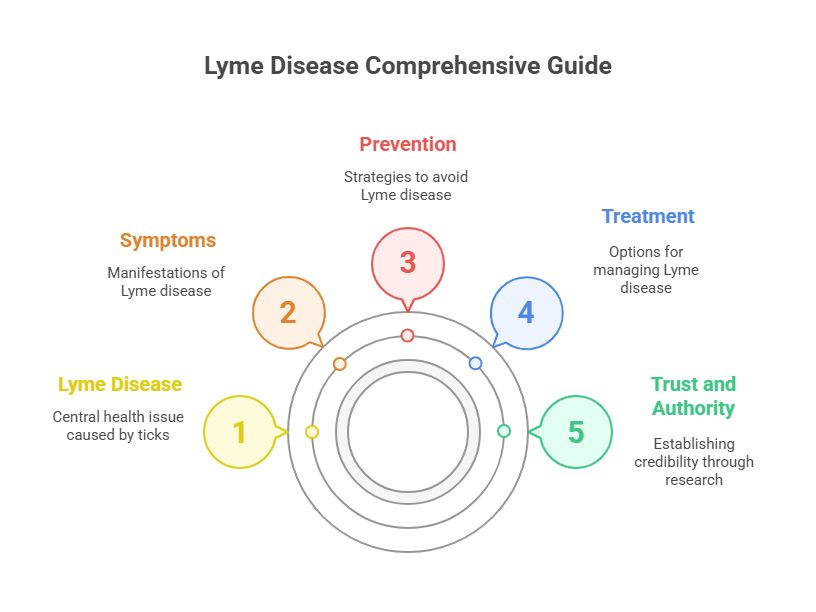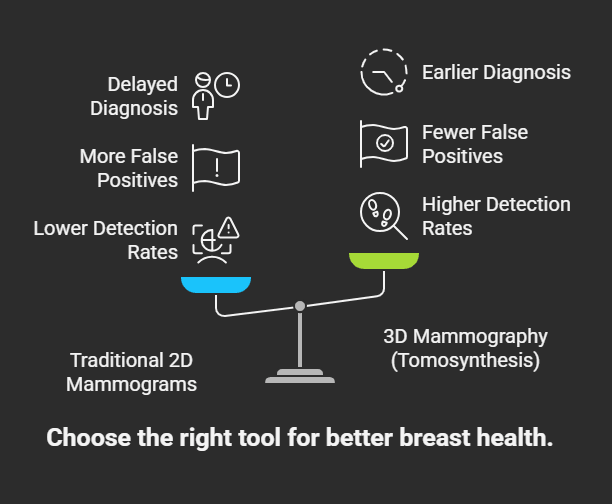What do we mean by Lyme Disease?
Humans can catch this disease by getting infected by Borrelia burgdorferi through a deer tick bite (black-legged tick). A strong understanding of heart disease is needed for proper prevention and treatment.
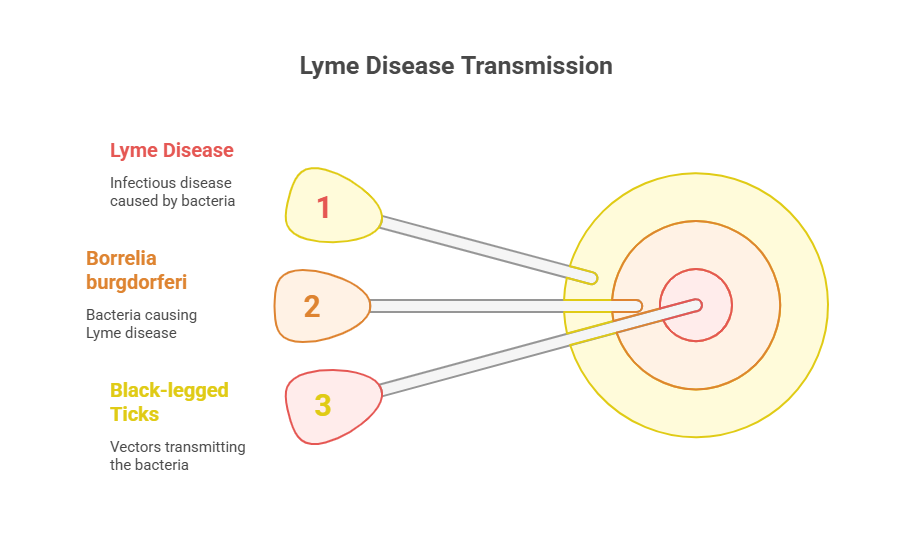
Signs and symptoms of Lyme Disease
Spotting the early signs of Lyme disease can make a big difference in how well treatment works. These are common ways you may notice the condition:
Early warning signs (they appear 3-30 days after the bite):
- A rash in the shape of a bull’s-eye often appears where the tick bit you.
- The flu can make you feel like you have a fever, experience chills, get tired easily and feel muscle aches.
Untreated late symptoms may include
- Joint pain is usually very intense and can happen in various joints at the same time.
- Conditions concerning the nerves: Examples include meningitis, facial palsy or peripheral neuropathy.
- Lyme carditis, a kind of heart issue, may lead to unusual heart rhythms.
The Centers for Disease Control and Prevention (CDC) say that 300,000 cases of Lyme disease are reported each year in the United States, underlining the need for people to be aware.
How to Avoid Getting Lyme Disease
Protecting yourself is very important with Lyme disease. Here are a few important ways you can lower your chances of facing risks:
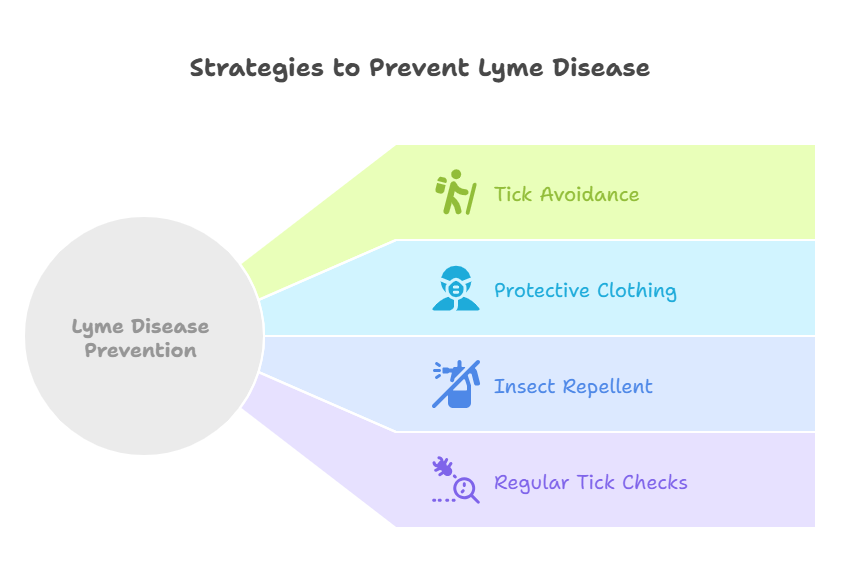
How to Keep Ticks Away
- Wear covered arms and legs and use socks to keep your trousers tucked inside when walking through bushes or doing outdoor activities.
- Spread insect repellent with DEET on your exposed body and add permethrin to your clothes.
- Don’t walk through tall grass or fields with dense vegetation.
Post-Outdoor Precautions
- After being outside, look for ticks on you, your children and your pets.
- If you shower quickly after being outdoors, you’re more likely to remove ticks that have not latched on you.
- When a tick is found, use tweezers to grab the tick as close to your skin as you can and gently, evenly lift it away from the skin.
Possible Approaches to Lyme Disease
If someone gets treatment early, Lyme disease responds well to antibiotics. A summary of available treatment options is as follows:
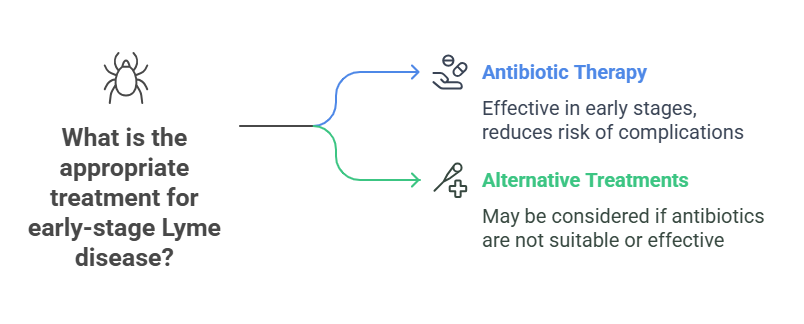
Antibiotic Therapy
- One usually treats early-stage Lyme disease with doxycycline, amoxicillin or cefuroxime axetil, taken by mouth for a duration of 10 to 21 days.
- If symptoms of advanced Lyme disease are severe such as those affecting the nervous system or heart, intravenous antibiotics may be needed.
Personal Anecdote
I have a friend who developed Lyme disease after a trip hiking. To start with, she believed her symptoms were caused by a cold. Once her skin started showing the characteristic rash, she went to the doctor. With early treatment, she got well after being given antibiotics. What happened here highlights the value of noticing the signs and taking fast action.
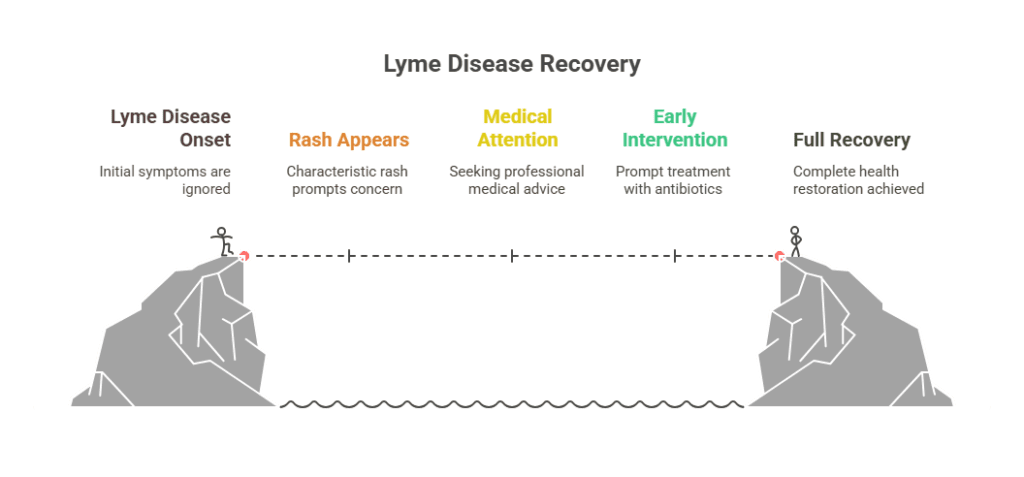
Conclusion
Lyme disease can cause lasting complications if it isn’t managed quickly. Knowing what the disease looks like, using prevention tips and understanding treatment options is a key step to saving ourselves and our loved ones. If you’ve faced Lyme disease yourself or have any questions about it, share them with us in the comments. When you engage with the Community, you support others and help others notice the issues.
If you benefit from this post, visit our website to get more health articles and pass them on to your family and friends!

